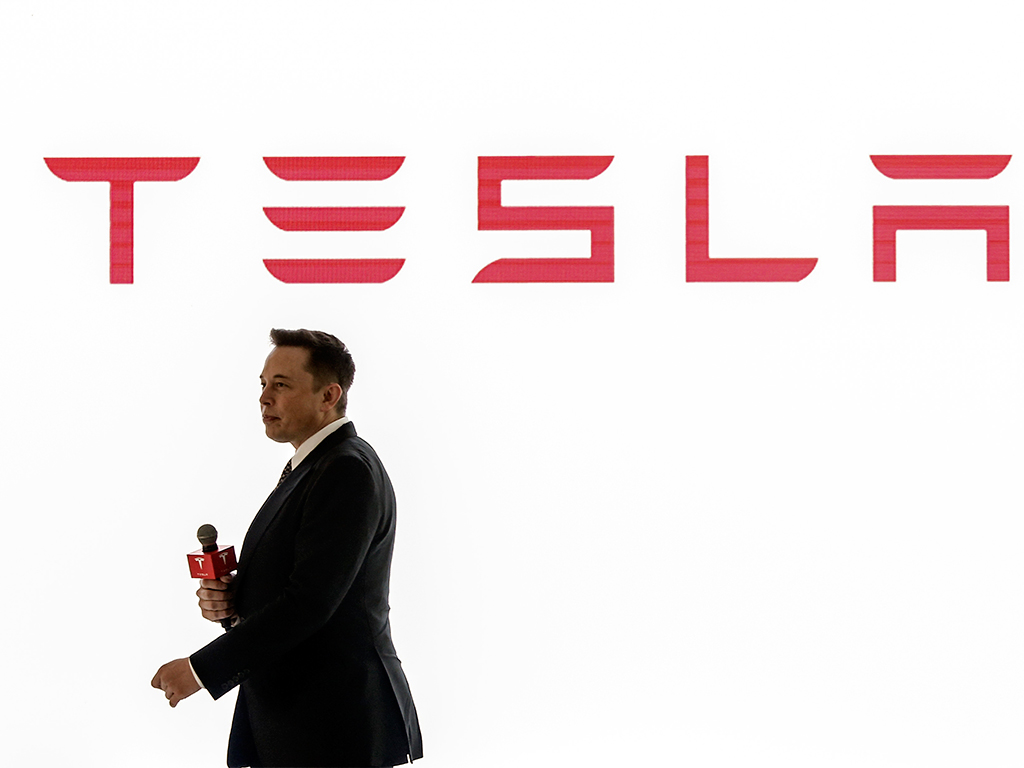Elon Musk sets out part two of his unifying grand plan
A decade on from the original Elon Musk ‘Master Plan’, the engineering and business tycoon has updated his plans to encompass car sharing and solar technology

On July 20, Elon Musk revealed an update of the ‘Master Plan’ he wrote a decade ago, aptly named ‘Master Plan – Part Deux’. The initial plan involved developing a “low volume car”, which Musk deemed necessarily expensive. The money made from this activity would then be used to create a medium volume vehicle that could be sold at a lower price. Step three involved using that capital to develop a high volume car, which could be sold at an affordable price for consumers. Finally, point four as written by Musk was: “Provide solar power. No kidding, this has literally been on our website for 10 years.”
In the blog post published on the Tesla website, Musk clarified the necessity of starting with a low volume car, as that was all he could afford from his PayPal payout, while only risking his own money. As he explained in the post, he laid out these points 10 years ago so as to explain the “larger picture” of his actions, which ultimately comes down to achieving sustainable energy. Having attained success from one point of his master plan to the next, Musk has almost reached completion. As such, he has now set out the next parameters of his strategy in order to make a sustainable energy economy a reality – and sooner than we think.
Musk’s new plan involves the creation of solar roofs that have “seamlessly integrated battery storage” and the expansion of Tesla Motor’s electric vehicle portfolio so as to address all key sectors. Then comes the realisation of self-driving capabilities that are ten times safer than manual driving, and, finally, making it possible for cars to earn money when not in use – namely, through car sharing. The last point involves using a smartphone app to add your car to Tesla’s shared fleet, thereby offsetting monthly costs and fully utilising a vehicle that, generally, is only in use five to 10 percent of the day.
Musk’s new plan involves the creation of solar roofs that have “seamlessly integrated battery storage”
Musk, a South-African born engineer, inventor and business tycoon, first began with Zip2, a software company that he created with his brother at the age of 24. After board members refused Musk’s desire to become the CEO, the company was sold to Compaq for $307m in 1999. Using the capital Musk earned from the sale, he went on to found the online financial service firm X.com, which merged with PayPal in 2000.
With eBay’s purchase of PayPal in 2002 for $1.5bn in stock (being the largest shareholder, Musk earned $165m), the unflappable entrepreneur swiftly moved on to create SpaceX, which made history by becoming the first private company to travel to space.
Musk’s latest vision began to take shape when he joined Tesla Motors and later became CEO and product architect in 2008, amid the chaos of the financial crisis. Since taking the helm of the group, Musk has gone on to become something of an icon within the scientific community, and further afield as well. Using both his business and engineering acumen, while paying himself only $1 a year, Musk is positioning himself as visionary who genuinely wants to make the world a better place.













